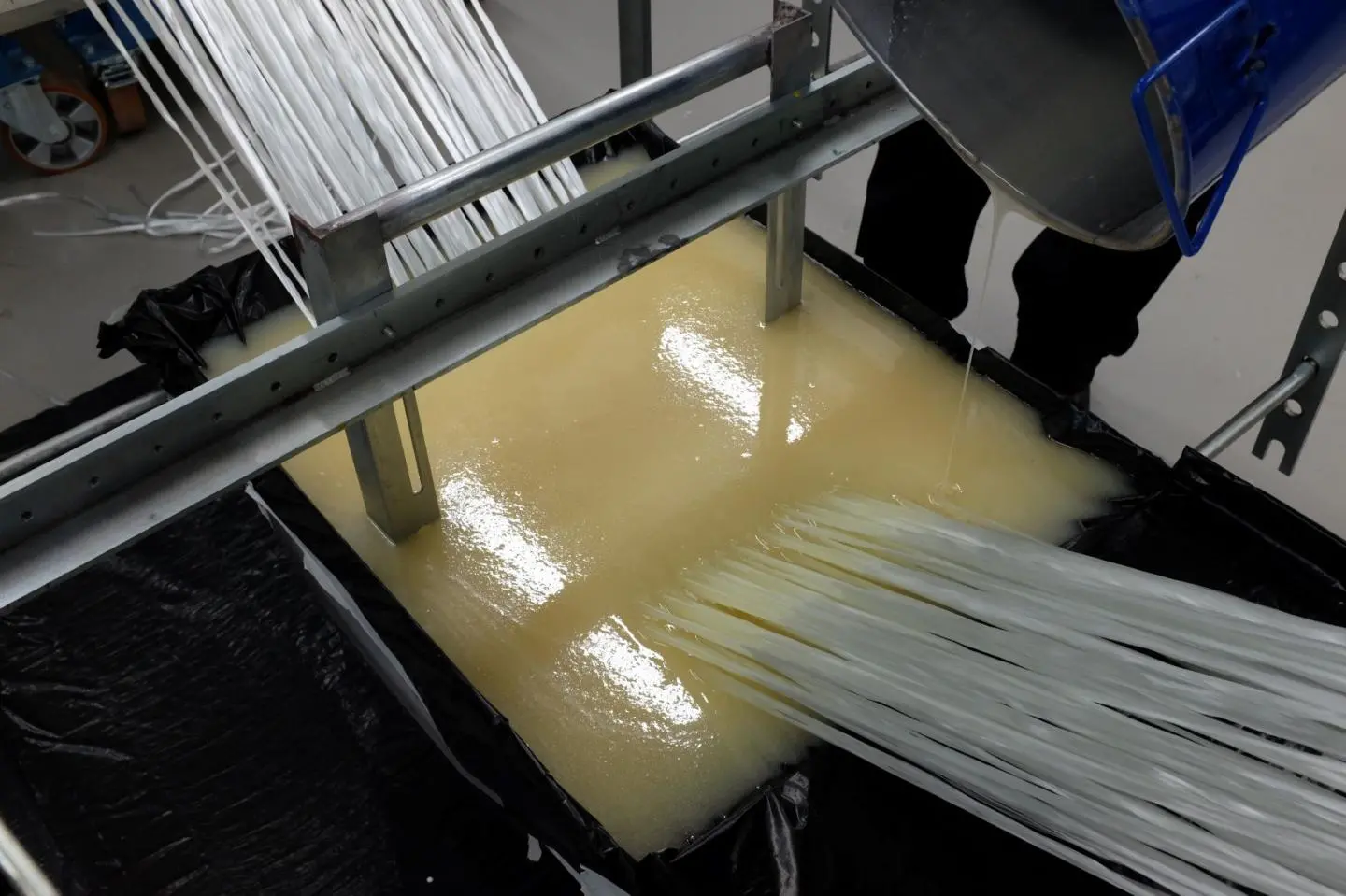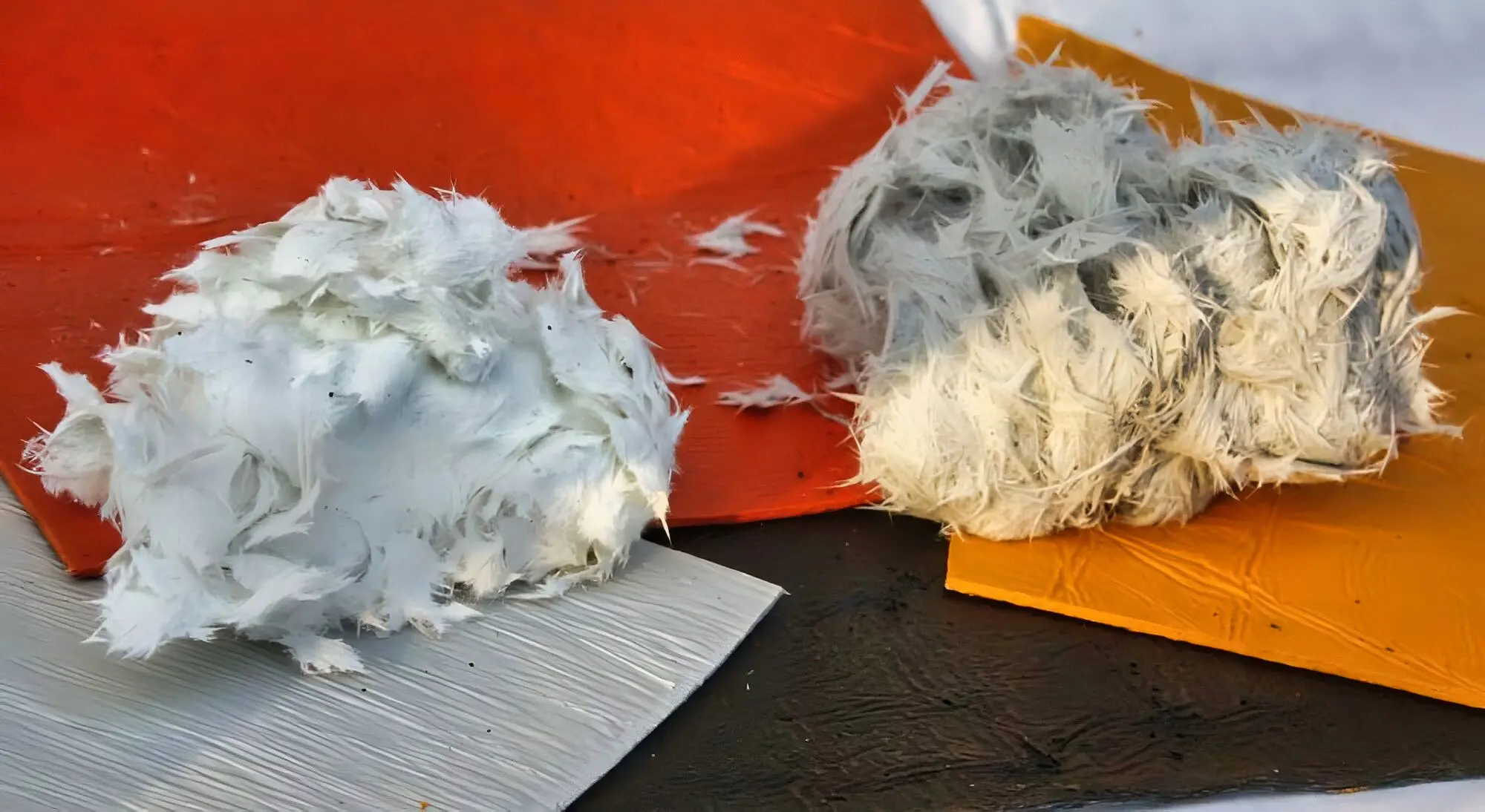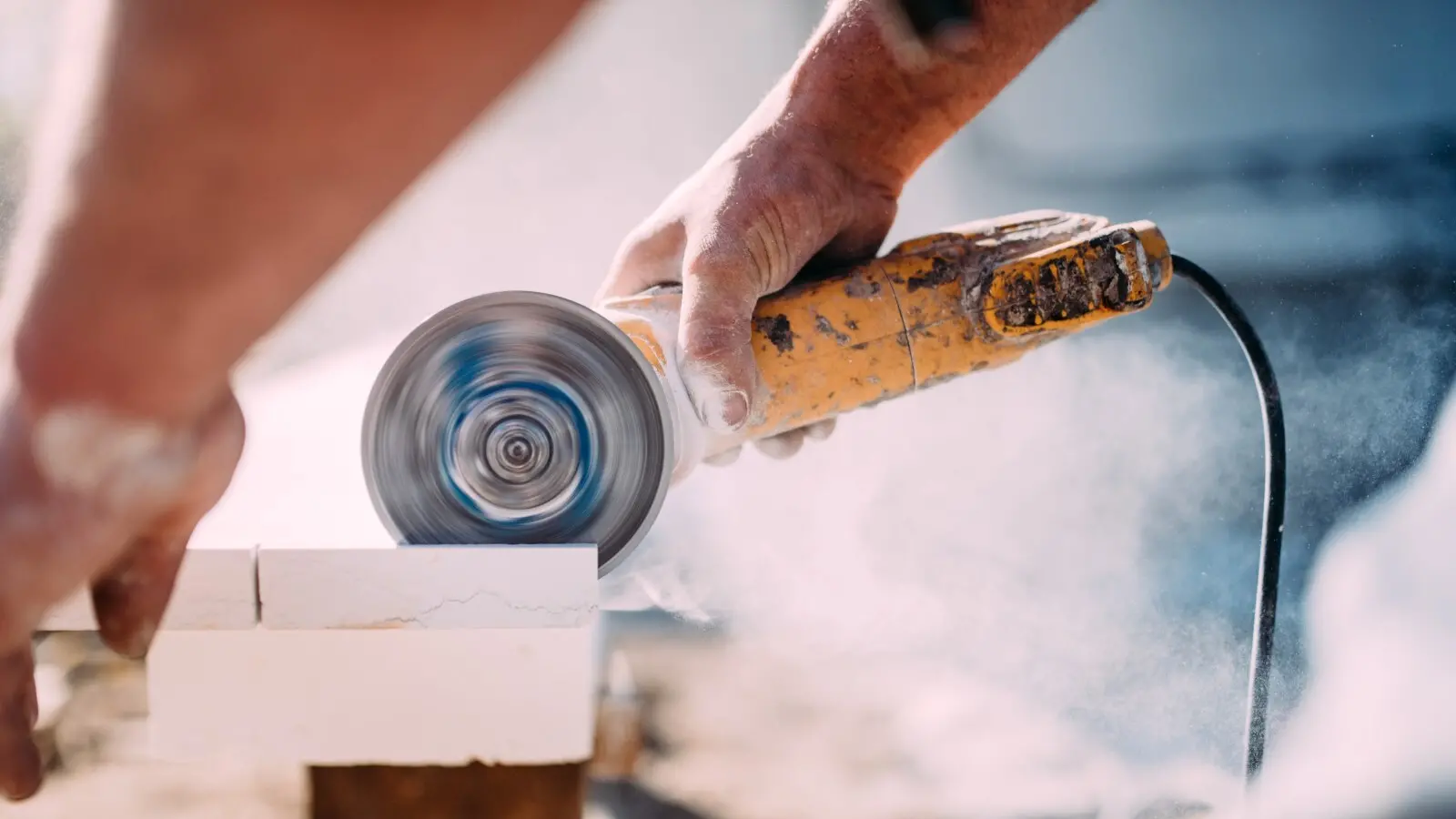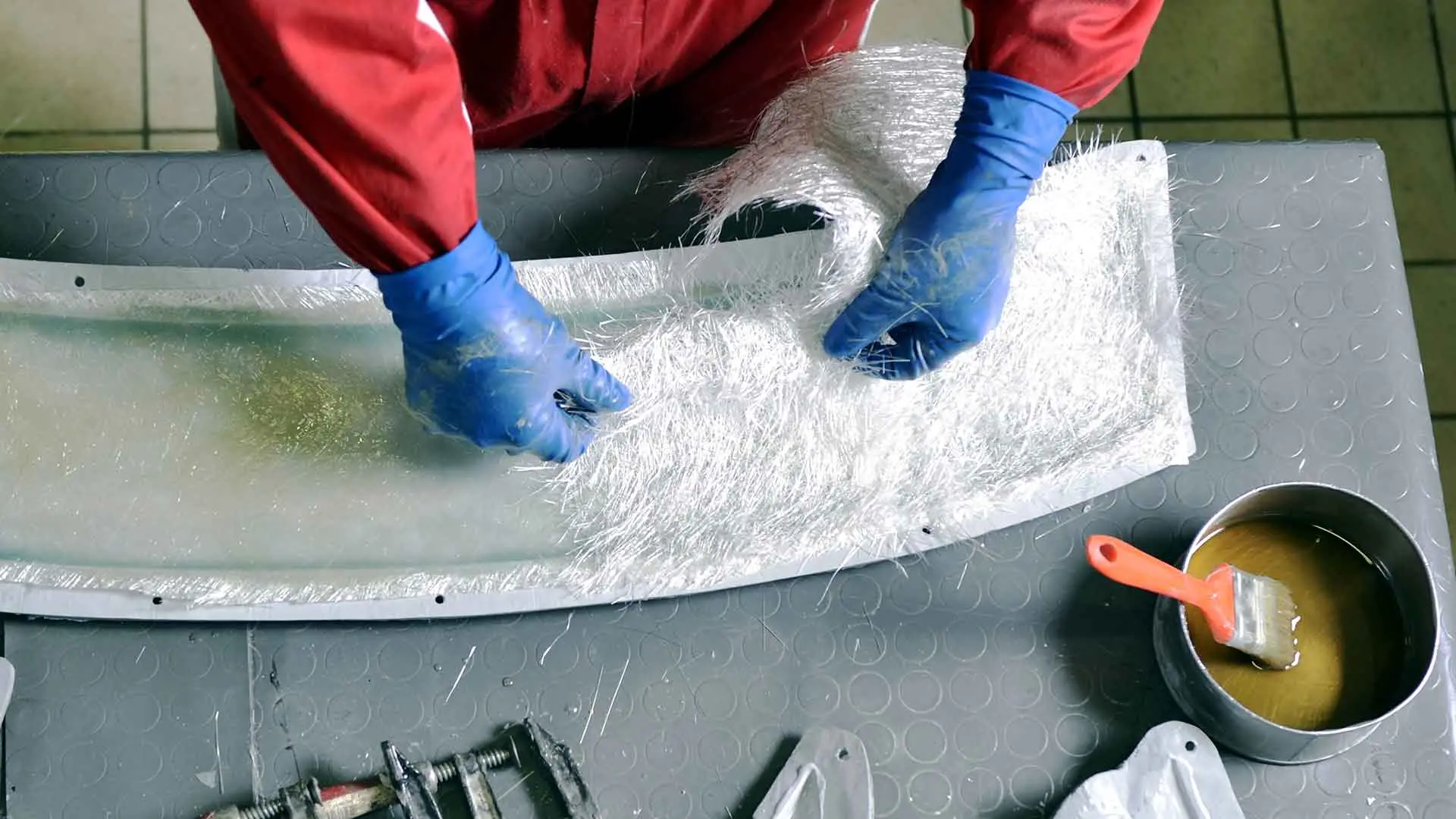Why Do Air Bubbles Appear in Gel Coat After Heating Fiberglass Parts?
After forming fiberglass components, no defects may be apparent, but air bubbles can appear in the gel coat after heating to 80°C, as shown in the image.
Is it due to the gel coat’s insufficient temperature resistance or other factors?
Intuitively, the presence of air bubbles in the gel coat layer might not be noticeable at room temperature, but they can become apparent under heating conditions.
A simple method to investigate this issue is to examine the area of the gel coat where the bubbles have formed. Look for any traces of fiberglass.
If there are no fiberglass marks, the bubbles are likely due to issues such as high moisture content in the spray or hardener leading to trapped air. If there are fiberglass impressions, the bubbles may originate from careless roller application or insufficient gel coat coverage, which highlights the need to apply a layer of resin after the gel coat.
Of course, factors like too thin a gel coat and low temperature resistance can also cause bubbling, but 80°C should be safe for standard gel coats, so this factor can likely be ruled out if bubbling is localized.
Aesthetics matter greatly to customers, as the first impression of your fiberglass product comes from the appearance of the gel coat. Therefore, adhering to proper procedures is crucial.



